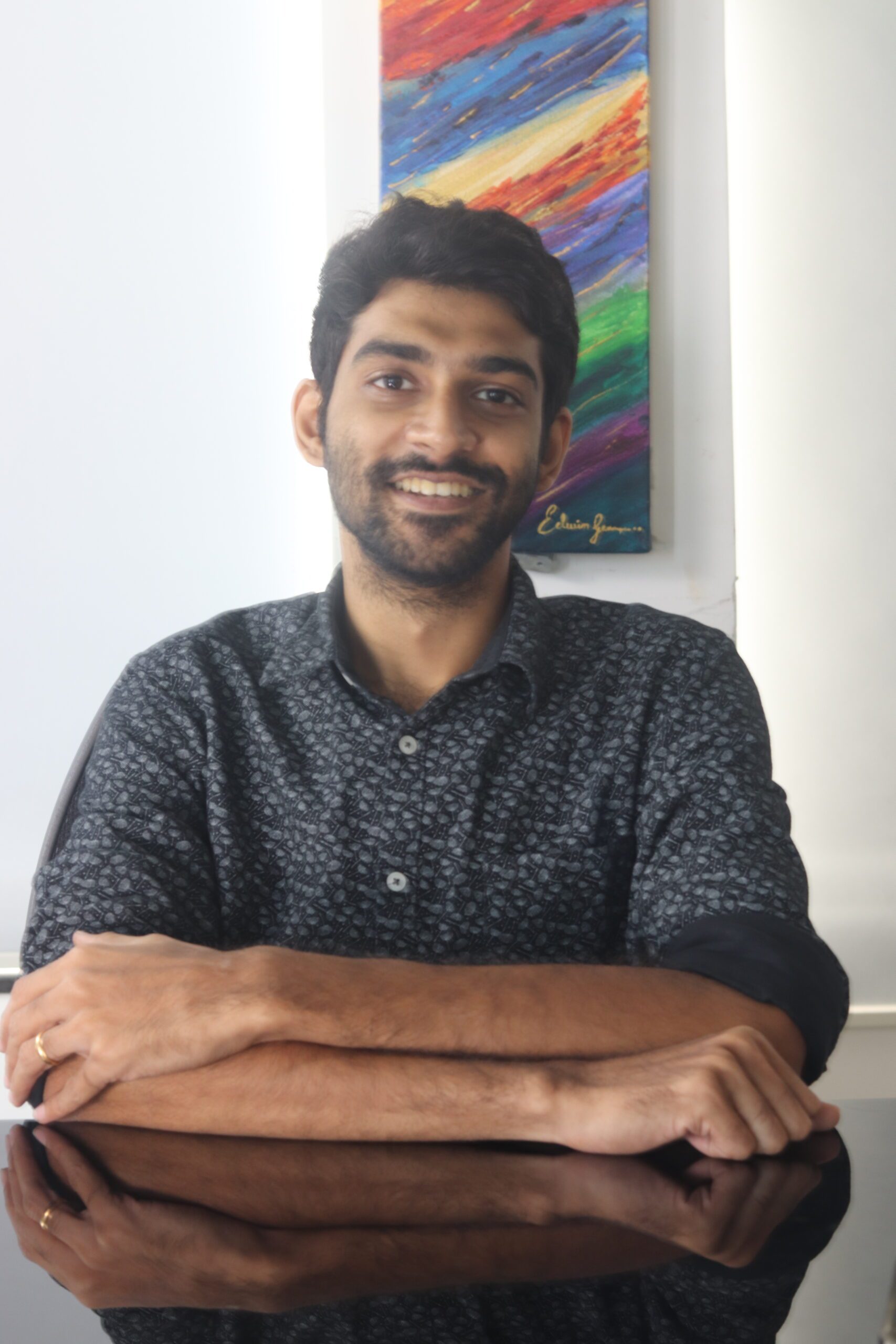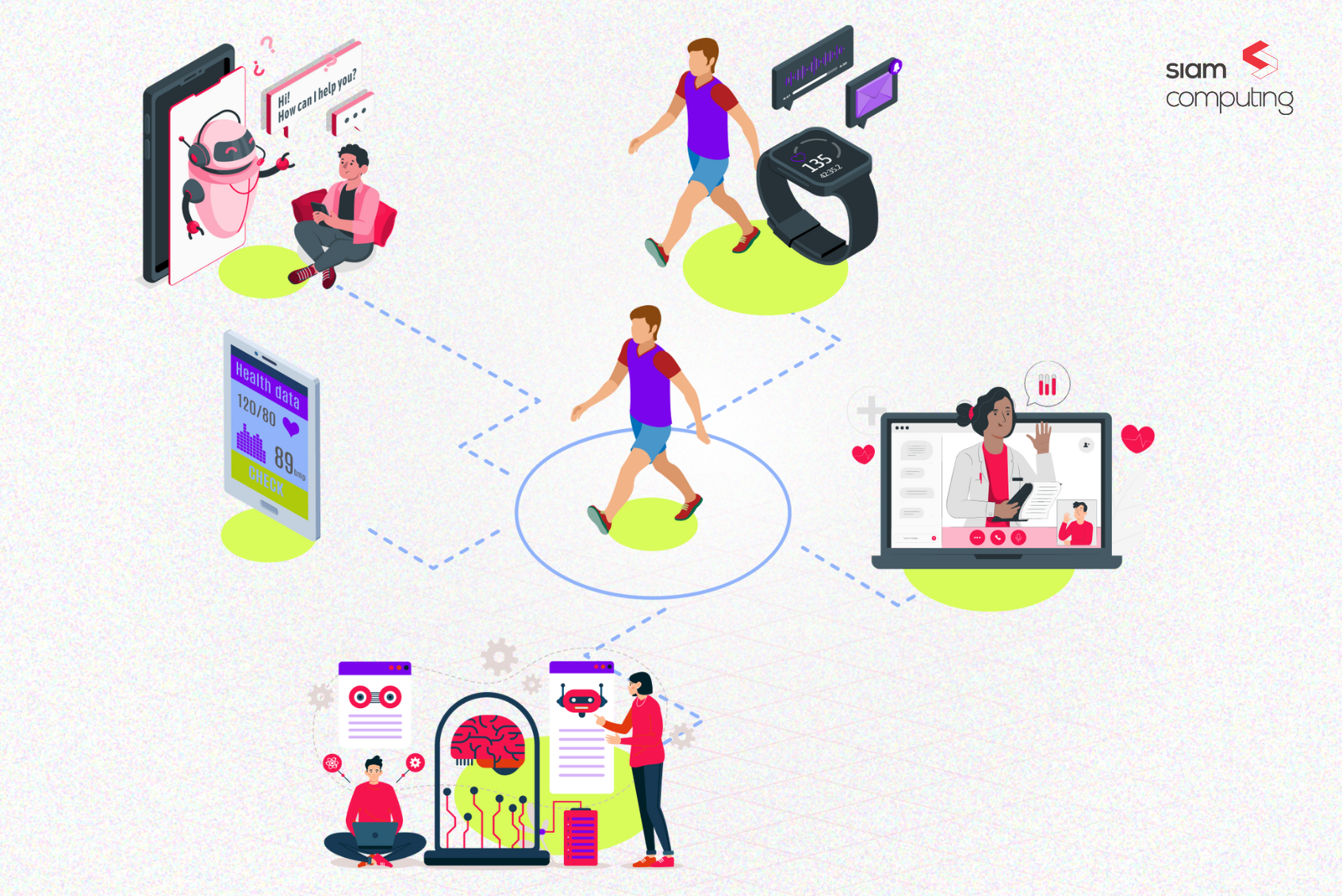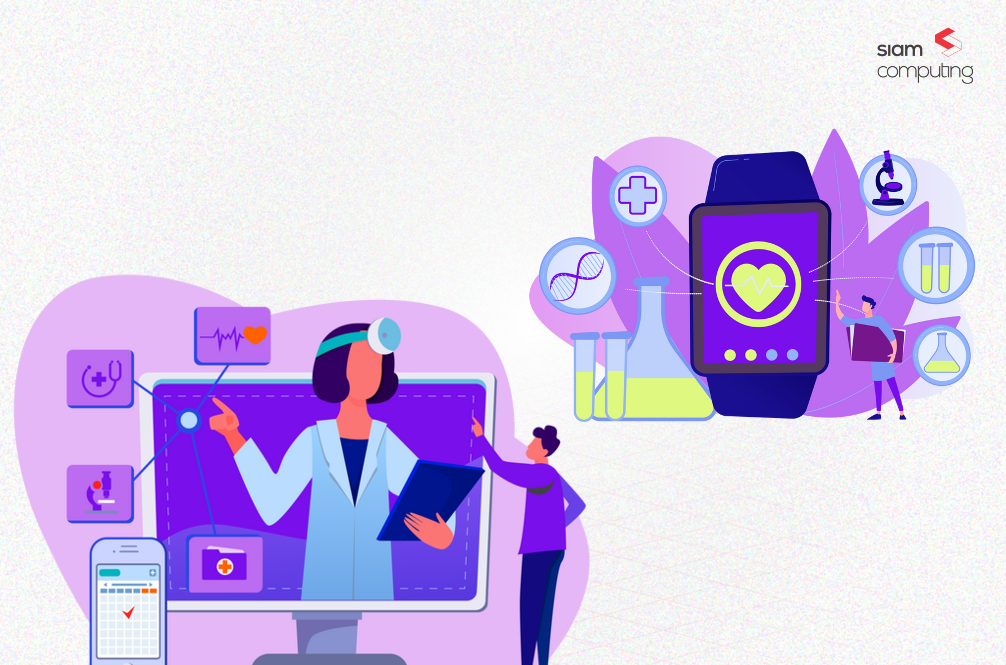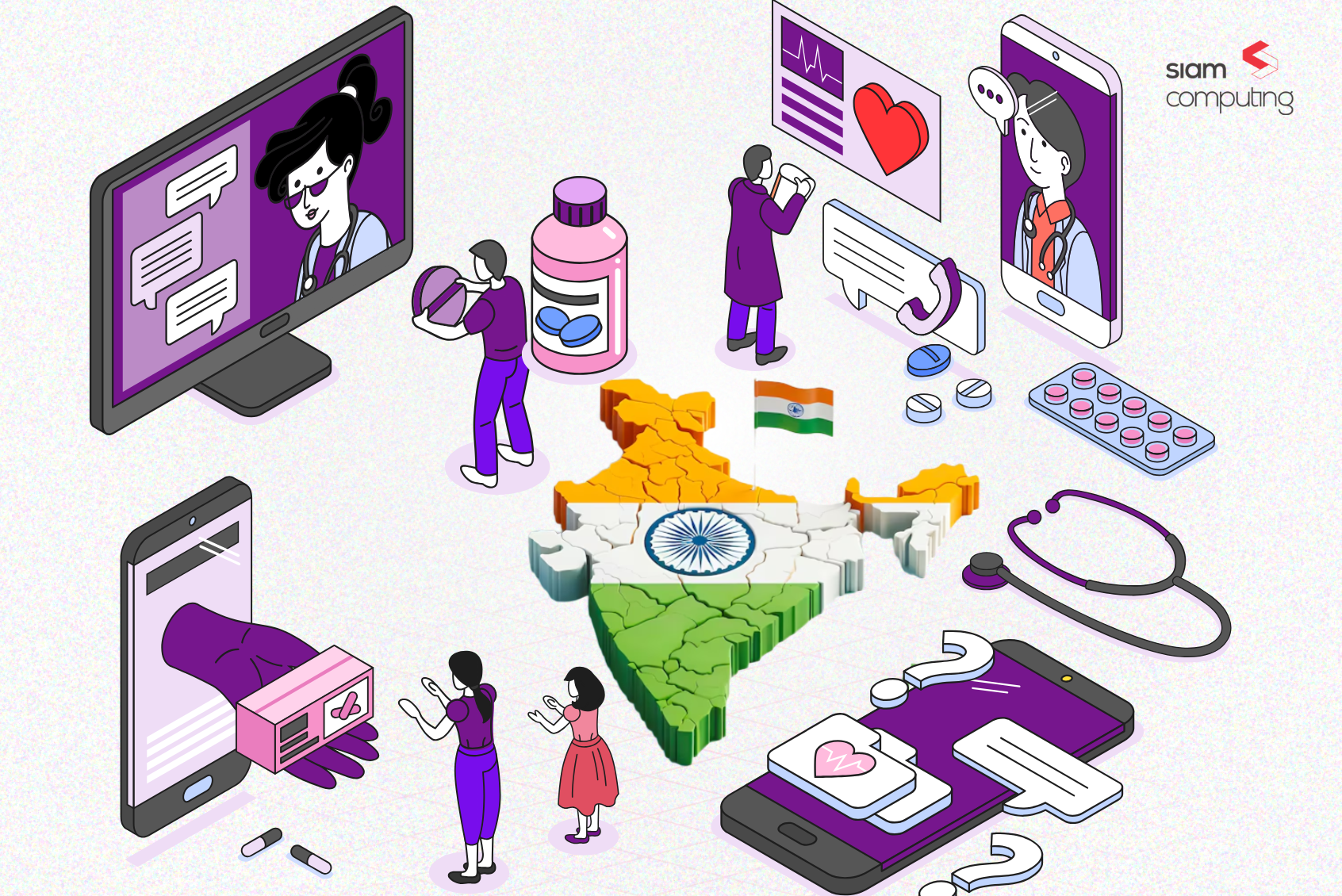India’s healthcare system is at a crossroads. On one hand, we see cutting-edge technology making its way into hospitals and clinics across urban centers. On the other hand, a significant portion of the population—particularly rural communities, low-income families, and elderly citizens—continues to face barriers to even the most basic healthcare services.
Tackling these challenges requires a deep understanding of India’s underserved markets and a strategic approach that addresses their specific needs. This gap is where the next big opportunity in healthcare technology lies: solving for the underserved margins while scaling solutions for the masses.
In this blog, we will explore the key challenges faced by various underserved populations in India and uncover the digital health opportunities that can drive meaningful impact. From rural areas to marginalized urban populations, the solutions we discuss will highlight how technology can bridge gaps in accessibility, affordability, and quality.
Understanding India’s Underserved Markets
Addressing healthcare challenges for underserved populations requires a granular understanding of their diverse and layered needs. These issues stem from systemic gaps in infrastructure, affordability, awareness, and accessibility. Let’s delve deeper into each segment and identify opportunities to innovate.
1. Rural India: The Healthcare Desert
Key Challenges:
- Severe Shortage of Facilities: India has a 70:30 urban-to-rural disparity in healthcare infrastructure, despite 65% of the population living in rural areas. Healthcare facilities in rural India are few and far between, with many villagers traveling hours to access even basic care.
- Dependence on Quacks and Informal Providers:: The lack of qualified healthcare professionals in rural areas has resulted in people relying on untrained, informal medical providers, which contributes to misdiagnosis and poor health outcomes.
- Geographical Isolation: Many villages are located far from district hubs, leaving them without access to diagnostic or emergency services.
- Limited Awareness: Preventive care is underutilized in rural India due to a lack of health literacy and awareness campaigns. This has led to higher incidences of diseases that could have been prevented with basic health education.
Opportunities:
Telemedicine offers an effective solution to provide remote consultations, reducing the need for rural populations to travel long distances for care. For instance, companies like Practo connect patients from smaller towns to a well-connected network of 100,000 doctors via teleconsultation.
Digital health platforms can be used to offer real-time advice, diagnosis, and medication prescriptions, all via smartphones, which are increasingly accessible in rural areas. A cutting-edge product by Qure.ai – qXR is a promising screening tool for early detection of tuberculosis especially in primary rural healthcare centers. The tool has been used to detect tuberculosis in the interior parts of Bihar in Purnia.
Additionally, rural health education campaigns delivered through mobile apps or audio-visual materials can significantly improve health literacy and preventive care adoption.
2. Low-Income Families: Affordability as the Primary Barrier
Key Challenges:
- Out-of-Pocket Expenses: Over 60% of healthcare spending in India is out-of-pocket, disproportionately affecting low-income households. Many individuals opt out of healthcare services due to cost, worsening their conditions over time.
- Poor Insurance Penetration: While schemes like Ayushman Bharat offer health coverage, many families remain unaware or face bureaucratic hurdles that prevent them from accessing these services.
- High Cost of Diagnostics and Specialist Care: Diagnostic services, especially advanced tests, and consultations with specialists can be prohibitively expensive for low-income families, leading to untreated or undiagnosed conditions.
Opportunities
Digital health solutions can significantly reduce the cost of healthcare by offering affordable teleconsultations, mobile health checkups, and access to digital diagnostics. For instance, Mfine offers low-cost teleconsultations with doctors and specialists via its app and is designed to make healthcare more affordable and accessible to low-income populations. Mfine has partnered with several hospitals to provide discounted consultation rates and medicines, ensuring that cost doesn’t stand in the way of health.
Coming to affordability, the government’s Ayushman Bharat initiative aims to provide health insurance to economically disadvantaged families. Several startups, like HealthifyMe and Onco.com, have integrated ABDM with their services, ensuring that low-income families can access affordable and quality healthcare and medical treatment through digital means.
Also, platforms like Affordplan are operating at the intersection of healthcare and finance helping patients to plan, save, and pay for treatment expenses in advance through flexible and convenient payments.
3. Elderly Citizens: The Silent Health Crisis
Key Challenges:
- Chronic Disease Burden: Diabetes, hypertension, and cardiovascular diseases are widespread among the elderly, requiring continuous care and monitoring.
- Mobility and Accessibility: Elderly individuals often struggle with reaching hospitals or diagnostic centers due to physical limitations, making it harder for them to access timely healthcare.
- Mental Health Neglect: Isolation and lack of social support often lead to depression and anxiety among elderly individuals. Mental health issues among seniors remain underdiagnosed and untreated.
Opportunities:
One of the use cases we’re particularly excited about, and have helped build, is addressing the needs of India’s aging population. The current wave of technology has largely overlooked our seniors, who face challenges with accessibility and often need simpler, more intuitive interfaces. We’re using AI to make the digital experience easier for them.
With Swarn Aayu, a WhatsApp-enabled conversation bot, we assist seniors in managing common healthcare symptoms, tracking their health, and finding help when needed. It also offers companionship, helping them lead more engaged, fulfilling, and enriched lives.
Another example is Care24. They provide in-home healthcare services, including trained nurses and physiotherapists for elderly care. The platform caters to chronic disease management and offers at-home visits, ensuring elderly patients in underserved areas receive the necessary medical attention at home.
Moreover, platforms like Khyaal serve as a companion to the elderly in the increasingly digital world by helping them to remain not just healthy from a physical aspect, but also take care of financial and mental health aspects. They help seniors stay financially secure in the digital world with products and services tailored to the needs of elderly. They also help them connect with a community of other seniors for travel and other recreational activities to prevent loneliness and improve mental health.
4. Women in Underserved Communities: Needs that Go Unmet
Key Challenges:
- Maternal Mortality: Rural and low-income women face disproportionate risks during pregnancy due to delayed or no access to prenatal care. Postnatal care is also limited, increasing the risk of complications.
- Reproductive Health Neglect: Lack of awareness and stigma surrounding reproductive health issues leads to untreated conditions like PCOS, menstrual disorders, and even breast and cervical cancer.
- Underdiagnosis of Diseases: Many women suffer from undiagnosed diseases, such as breast and cervical cancer, due to the lack of screening infrastructure and preventive care in underserved regions.
Opportunities
Mobile platforms offering services like antenatal care consultations, postnatal care, vaccination schedules, and reproductive health education can empower women in rural and underserved communities to take control of their health.
For example, Mind & Mom focuses on supporting the mental and physical wellness of expectant mothers. The platform provides tailored prenatal care, mental health support, and nutrition tracking. In underserved areas, a platform like Mind & Mom can bridge the information gap by offering resources that educate women about their pregnancy journey, reducing stress and ensuring healthier outcomes for both mother and child. Its integration of digital services ensures mothers can connect with specialists when needed, even in remote locations.
Mobile apps that provide education on menstrual hygiene, manage periods, and offer health advice on conditions like PCOS and endometriosis can help break the stigma surrounding women’s health.
In India, Maya, a period and health tracker app, is making strides in menstrual health education and awareness in underserved communities. It helps women track their menstrual cycles and fertility windows, while also offering personalized health tips. In areas where reproductive health is often a taboo subject, Maya empowers women by providing discreet access to accurate information and creating awareness about health conditions linked to menstruation.
AI-driven diagnostic tools can also help screen for diseases like breast and cervical cancer, which remain major risks in underserved populations. Niramai, for instance, offers a non-invasive, AI-driven breast cancer screening solution using thermal imaging and machine learning. This tool is already being deployed in rural regions to provide women with affordable and early-stage detection of breast cancer without the need for complex and expensive infrastructure, which is often unavailable in these areas.
5. Children in Marginalized Groups: Building a Healthy Future
Key Challenges:
- Malnutrition and Developmental Delays: Malnutrition remains a significant issue for children, particularly in rural and low-income areas, affecting growth, development, and future health outcomes.
- Missed Immunizations: Many children miss critical vaccinations due to misinformation or logistical challenges, leaving them vulnerable to preventable diseases.
- Lack of Specialized Pediatric Care: A shortage of pediatricians in rural and underserved urban areas means that children often miss out on essential medical care, including specialized treatment for chronic conditions.
Opportunities
Telemedicine platforms focused on pediatric care can provide consultations and advice on nutrition and growth for both mother and child. For example, BabyMD is a pioneering platform that empowers mothers and families with easy access to trusted pediatric advice. By offering real-time consultations with pediatricians, BabyMD helps mothers address common health concerns for their babies via teleconsultation without needing to travel to urban centers.
Malnutrition is also a major problem in India which is being tackled today by Child Growth Monitor – an artificial intelligence-based mobile app that the German nonprofit Welthungerhilfe created to improve the process of identifying child malnourishment. The app takes 3D measurements of a child’s body using an infrared sensor available on certain smartphones and quickly uploads the data onto Microsoft Azure, a cloud computing service.
Then, nutritionists and IT specialists can examine the scans using Microsft AI solutions to assess a child’s dietary health and determine if the child is malnourished. Welthungerhilfe and partners are piloting the app in three states in India — Madhya Pradesh, Maharashtra and Rajasthan. The NGO Action Against Hunger is providing support to 150 field workers to use the app to scan and evaluate children.
Meanwhile, mobile vaccination tracking systems can ensure children in underserved communities receive timely immunizations. The Immunize India app, for instance, developed by the Ministry of Health and Family Welfare, allows parents to track their children’s immunization schedules and receive timely reminders. This platform is critical in rural and underserved areas where access to health services can be sporadic.
Looking Beyond India: Emerging Market Innovations
India is not alone in its struggle to serve underserved populations. In many emerging economies, startups are leveraging technology to meet similar healthcare challenges.
For example, mPharma, a Ghana-based startup, is addressing the cost and accessibility issues in Africa by providing affordable medication and an online health marketplace. Similarly, Jumia Health in Nigeria is offering telemedicine consultations and digital pharmacies, bringing essential healthcare services to underserved communities.
However, the opportunity that we have in India is that any successful solution here can be easily homologated and localized to other emerging markets with needs and aspirations similar to those in India.
The Path Forward: Scaling Digital Health Solutions for India’s Underserved Markets
As India and other emerging economies continue to tackle the challenges of providing healthcare to underserved populations, the role of technology and digital health solutions will only grow. Startups are already making strides in addressing these issues, creating solutions that are accessible, affordable, and tailored to the unique needs of these communities.
The next big opportunities in digital health lie in identifying these gaps, improving awareness, and creating scalable solutions that can reach even the most marginalized populations. For healthcare experts, founders, and technology leaders, now is the time to invest in these solutions and make a real impact.
To bridge the gap, stakeholders across the healthcare ecosystem—including government bodies, healthcare providers, tech companies, and NGOs—must work together to create scalable, sustainable solutions.
Digital health solutions like telemedicine, remote patient monitoring, AI-driven diagnostics, and mobile health education have the potential to transform the healthcare landscape in India, making it more inclusive and accessible. The next frontier in Indian healthcare lies in solving for the underserved margins—rural communities, low-income families, the elderly, women, urban poor, and children—and ensuring that technology is a force for equity in the system.
At Siam Computing, we believe that digital health is the key to transforming India’s healthcare landscape, and we are excited to continue innovating alongside visionary entrepreneurs who are solving for these underserved markets.
The potential for impact is immense, and the time to act is now. Reach out to our product strategy experts today.








